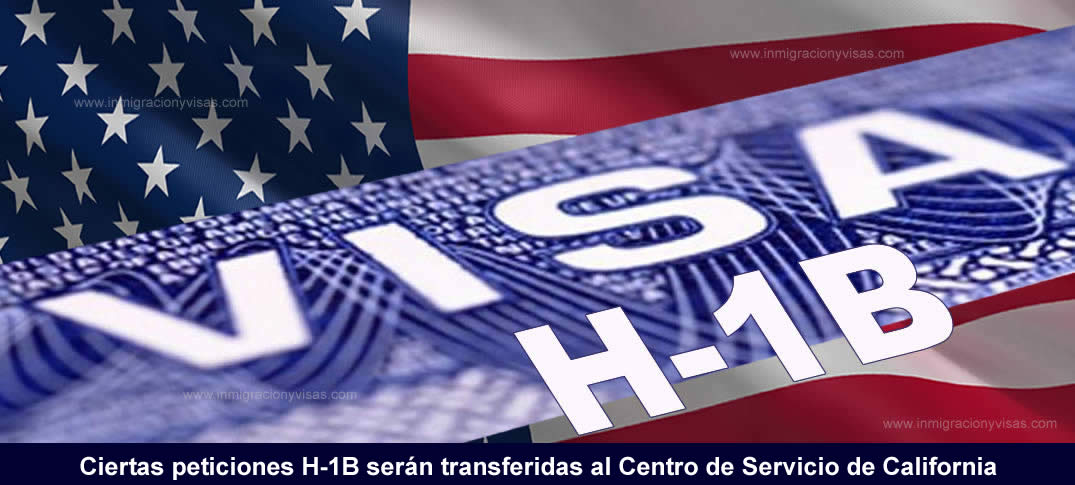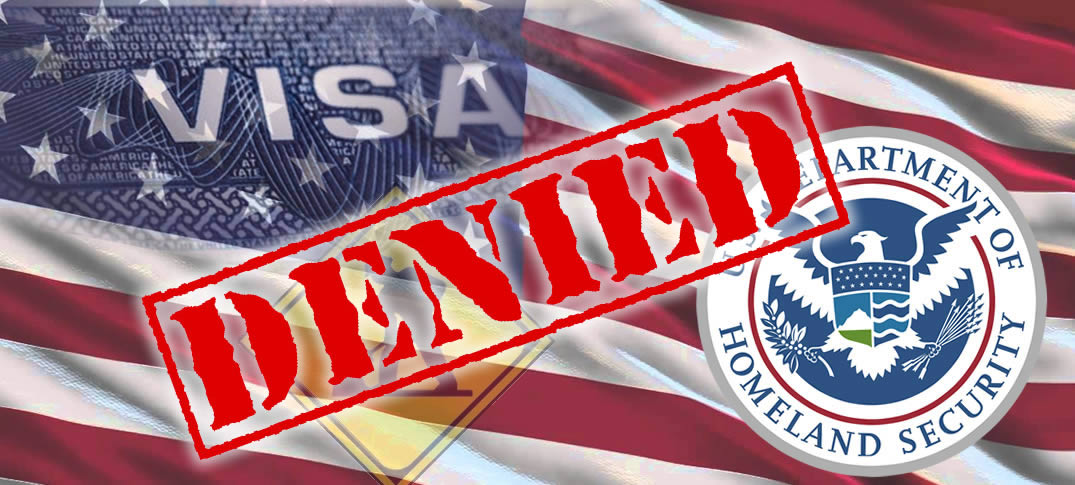
Ciertas peticiones H-1B y peticiones H-1B serán transferidas al Centro de Servicio de California (CSC) para...

By: Leslie Dellon - www.immigrationimpact.com/
Surprising data recently revealed thatconsular officers denied applicants for employer-sponsored immigrant visas at afar higher rate than U.S. Citizenship and Immigration Services (USCIS) officersdenied green cards to employer-sponsored applicants.
Data analyzed by the Cato Instituteshows that since Fiscal Year 2008, USCIS denied about 8% of employer-sponsoredimmigrants while the average denial rate by consular officers was 63%. The CatoInstitute has identified a disturbing difference that disadvantagesemployer-sponsored immigrants that apply abroad—and which, to our knowledge,has not been raised before. Our analysis of the findings and conclusionsfollows.
By “employer-sponsored,” theCato Institute means the employment-based (EB) second preference category foradvanced degree professionals or persons of exceptional ability and the EBthird preference category for skilled workers, professionals, or “otherworkers.”
In these two categories (unlessthe noncitizen qualifies for an EB-2 national interest waiver), a noncitizenmust have a job offer from a U.S. employer. The sponsoring employer first musthave recruited for U.S. workers and received a certification from theDepartment of Labor (DOL) that employing the noncitizen in the job offered willnot adversely affect the wages and working conditions of similarly-employedU.S. workers. Next, the sponsoring employer must receive approval from USCISthat the noncitizen is qualified for the employment-based preference category.
After USCIS’ approval of theemployer’s petition, and if the noncitizen is in lawful nonimmigrant status inthe United States, among other requirements, they may become a U.S. permanentresident upon USCIS approval of their application to adjust status. Otherwise,the noncitizen must have an immigrant visa issued by a consular officer at aU.S. Embassy or consulate abroad and then be admitted to the United States as apermanent resident.
For the consular officerdenials, the Cato Institute used the numbers for immigrant visa ineligibilityas to labor certification in the Department of State Visa Office’s annualreports for Fiscal Years 1992 through 2020—with permanent labor certificationonly being required for the EB second (without national interest waiver) andthird preferences.
The USCIS numbers the CatoInstitute obtained have a broader scope: including any reason for denial andthe EB first category (for persons of extraordinary ability, outstandingprofessors/researchers, and intracompany managers and executives), which has nolabor certification requirement. Yet, the consular officer denials still farexceed USCIS denials.
According to the Cato Institute,consular officer denials “shot up in [Fiscal Year] 1995 and stayedextraordinarily high through the present.” In Fiscal Years 2019 and 2020,consular officers denied 61% of employer-sponsored applicants. Yet in 2021,USCIS denied only 4%.
As the Cato Institute notes, noexplanations are provided for the consular officer denials. A review of theForeign Affairs Manual (FAM), which contains State Department policies andprocedures, suggests the following possibilities. The FAM impresses on theconsular officer that they, and not DOL or USCIS, assess the applicant inperson and “have the responsibility” to resolve any doubt about whether theapplicant has the qualifications for the job. Frequently, the consular officerwill be interviewing the applicant years after DOL issued the laborcertification. The consular officer may question whether the applicant stillintends to work for the sponsoring employer in the job offered, even though theFAM states that the officer should have “objective reasons” to believe theapplicant will not comply with the labor certification. The Cato Institutequestioned why the FAM would list as a negative factor evidence that theapplicant does not have prior work experience in the same type of business asthe job offered. As stated in the blog, “The State Department should not bedenying people for seeking different types of jobs than their jobs in theirhome countries.”
While the disparity in denialrates the Cato Institute identifies is disturbing, the blog makes relatedclaims that are questionable. The Cato Institute claims that the Departments ofState, Homeland Security, and Labor “are directly incentivizing employers andimmigrants to unnecessarily use the temporary work visa system.” But immigrantsare not avoiding consular processing because of low approval rates—the CatoInstitute says, “no one has previously reported on it.”
There are other disincentives toconsular processing. The backlogs are enormous. Many immigrant visa applicantsmust first submit documentation to the U.S.-based National Visa Center—and onlywhen they are “documentarily qualified” will the U.S. Embassy or Consulateschedule an interview. The National Visa Center’s Immigrant Visa Center BacklogReport states that 426,486 eligible immigrant visa applicants (family- andemployment-based) are still waiting to have interviews scheduled after June2022 appointment slots have been filled. Aside from the delay, with theadditional risk and expense inherent in traveling abroad, why would noncitizenswho are already living in the United States risk the trip?
The blog also claims this “takesa temporary visa cap spot away from some worker for whom a temporary path makesmore sense.” But most employment-based immigrants apply to adjust status topermanent resident in the United States because they are working in the UnitedStates in temporary (nonimmigrant) categories Congress has provided. Congressspecifically authorized H-1B (specialty occupation) workers—a category that hasa “cap” unless an exemption is available—to work temporarily in the UnitedStates when they also may intend to become permanent residents. Congress, notthe agencies, is responsible for which temporary visa categories are available.Congress, not the agencies, limits the number of immigrant visas available peryear, and further limits the percentage per country of birth. Congress has notreconsidered these limits for over thirty years.
There is no reason why U.S.employers should forego the opportunity to hire qualified noncitizens, andnoncitizens forego the opportunity to work in the United States whilenavigating the green card process.

